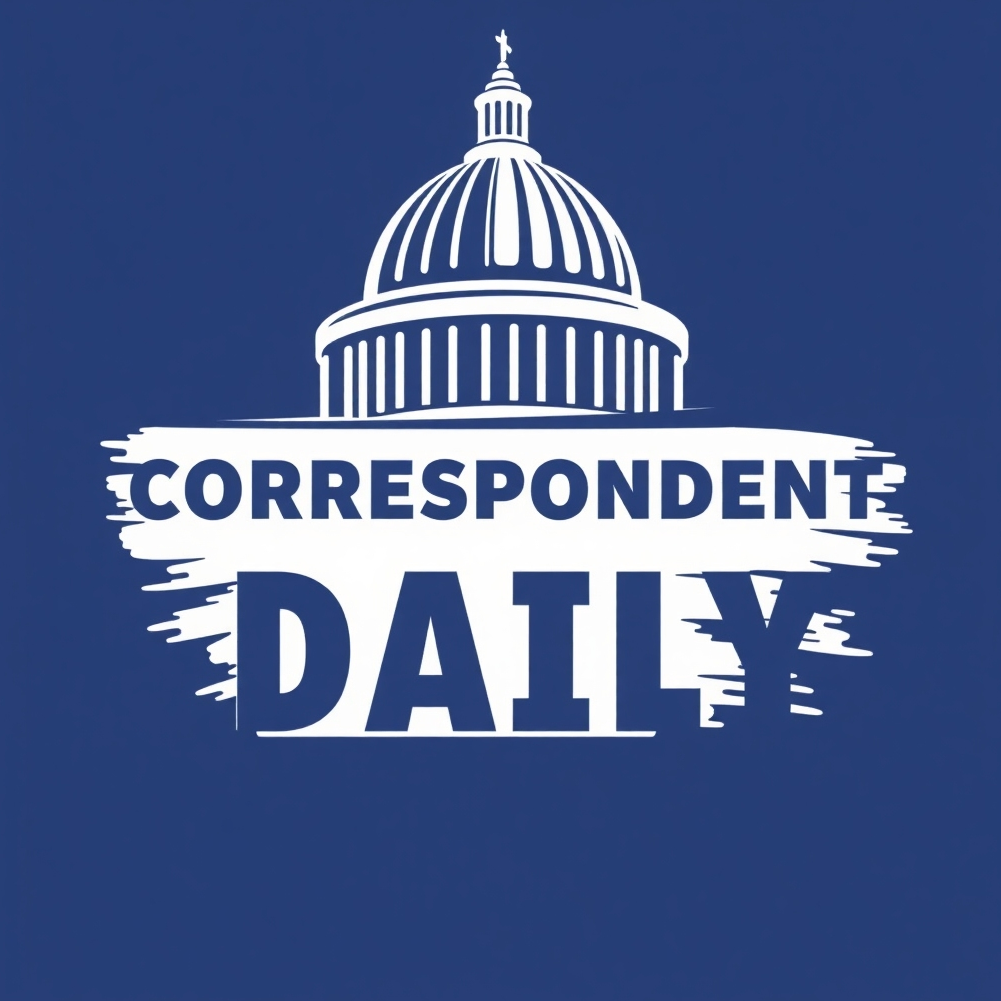
Trump Administration’s Funding Cuts: A Major Shift in Clean Energy Policy
In a significant move that has sent ripples through Washington State and beyond, the Trump administration has decided to eliminate $1.1 billion in funding aimed at advancing clean energy initiatives. This funding, which was essential for various projects including clean hydrogen technologies, has become a focal point of debate among policymakers, environmental advocates, and the energy sector. The future of clean energy in Washington now hinges on the implications of these cuts, fueling concerns regarding the direction of U.S. energy policy.
Understanding the Impacts on Washington State
The cancellation of such a substantial amount of funding is not just a loss for the projects it directly affected but strikes at the heart of Washington State’s broader ambition to lead the country in innovative clean energy solutions. The cut puts into jeopardy numerous initiatives aimed at reducing carbon emissions and fostering sustainable energy practices. Local officials have reacted strongly, expressing frustration and emphasizing the importance of these programs for environmental sustainability and job creation.
The Broader Picture: Is Clean Energy at Risk?
This funding axe comes amid a national discourse about energy independence and environmental responsibility. As clean energy technologies gain traction around the globe, especially in markets such as Europe and Asia, the U.S. might find itself falling behind without adequate investment. Experts warn that abandoning investments in clean technologies can have detrimental effects not only on climate goals but also on the economy, as green jobs are increasingly seen as a crucial sector for future growth.
Historical Context of Clean Energy Funding
The historical significance of federal funding for clean energy projects cannot be understated. Originally, such subsidies were designed to ignite research and the deployment of renewable technologies that would aid in transitioning away from fossil fuels. The shift away from this funding model raises questions about the priorities of the current administration and what it means for the state of innovation in energy solutions moving forward.
Future Predictions: The Path Ahead for Clean Energy
The scenario is not entirely bleak. Some analysts argue this moment could serve as a catalyst for local governments and private sector players to double down on sustainability efforts. They envision a future where states might have to take charge and proactively seek alternatives to replace lost federal funding, potentially leading to a more resilient and diversified energy sector. Innovation, often spurred by necessity, might prompt Washington State to explore new funding models, including public-private partnerships and increased state revenues to support clean energy initiatives.
Counterarguments: A Shift Towards Economic Priorities?
Supporters of the Trump administration’s decision might argue that the cuts are necessary to redirect resources toward more pressing economic concerns. They contend that the funds could be better utilized in traditional energy sectors, which still dominate the U.S. energy landscape. This perspective fosters a complex debate about the balance between immediate economic needs and long-term sustainability goals, raising the question of whether the short-term financial benefits outweigh the environmental risks.
Local Response: The Community’s Role in Clean Energy
Community leaders in Washington are rallying to express their commitments to sustainable energy practices. Local initiatives are being launched to create grassroots movements that might push for alternative funding solutions, lobbying for state legislative support, and seeking partnerships with local universities to drive innovation in clean energy projects. This response underscores the importance of community engagement in shaping energy policy.
Conclusion: The Call for Action in Clean Energy
As the implications of these funding cuts unfold, it’s clear that the conversation surrounding clean energy is more critical than ever. Washington State stands at a crossroads, with an opportunity to innovate and lead in the clean energy sector. Citizens and stakeholders must advocate for progressive policies and funding sources to ensure that the state doesn't falter in its energy ambitions. The action taken today will chart the course for tomorrow's energy landscape.
 Add Row
Add Row  Add
Add 




Write A Comment